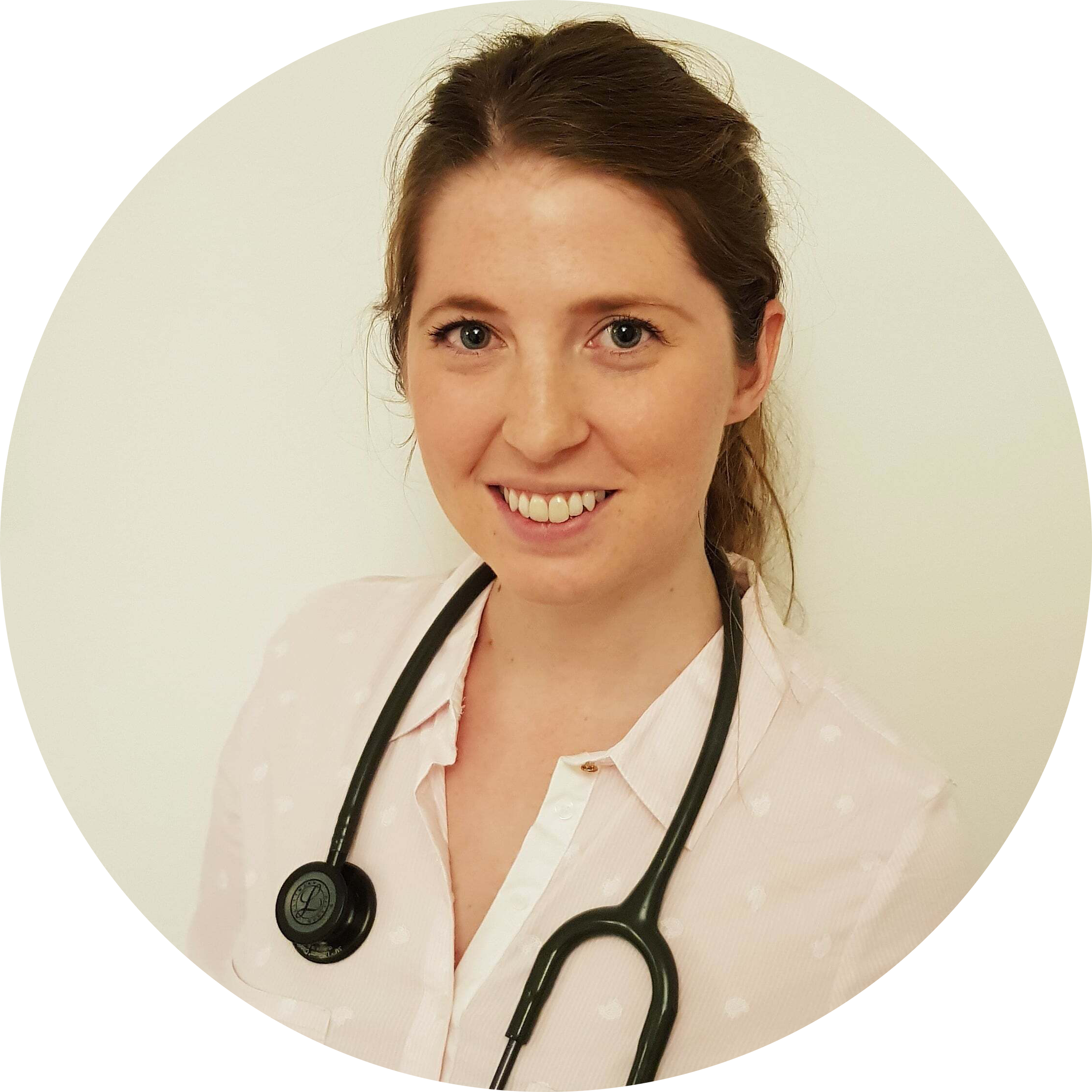Post-traumatic stress disorder (PTSD)
Reviewed by:
Dr Rhianna McClymont
, Lead GP at Livi
Post-traumatic stress disorder (PTSD) is a mental health condition that can develop after experiencing a traumatic event. Find out about the symptoms and how it’s treated.

What is PTSD?
PTSD is a serious condition that can develop if you’ve been through a distressing or frightening event where you felt intense fear or helplessness. If you have PTSD, you’re likely to relive the experiences of the event through nightmares and flashbacks.
It’s normal to feel anxious or upset for a short time after a distressing event, but if the feelings don’t ease after a month or so, it’s time to talk to your doctor.
Causes of PTSD
Many different traumatic events can trigger PTSD. These include:
Being in a car accident
Rape or sexual assault
A violent attack
War or a terrorist attack
Being in a natural disaster
Working in a job like the armed forces or emergency services
Grief, especially if it’s unexpected or under distressing circumstances
PTSD symptoms
Symptoms usually develop within a month of the traumatic event, but sometimes they can develop several months, or even years, later.
Common PTSD symptoms include:
Reliving the event, which might involve vivid flashbacks, nightmares, intrusive thoughts and images, and physical symptoms like sweating, trembling and feeling sick.
Feeling alert or on edge – it’s common to be overly alert (called hypervigilance), making you panicky, upset and angry. This can also lead to irritability or aggressiveness and cause sleep problems.
Avoiding memories – many people with PTSD try to avoid the traumatic event altogether by pushing memories away, avoiding people and places connected to them and refusing to talk about what happened. This can make you feel emotionally numb and withdrawn.
Physical symptoms – you may also have headaches, dizziness, chest pains and stomach ache.
PTSD can cause associated problems, including:
Mental health problems like depression, anxiety or phobias
Drug and alcohol misuse
Self-harm and suicidal feelings
Work and relationships problems
PTSD treatment
PTSD treatment
Your treatment will depend on how long you’ve been experiencing symptoms and how severe they are.
‘Watchful waiting’
Many people who have problems after a traumatic event get better without any treatment within a month. The ‘watchful waiting’ approach is often tried first if you have mild PTSD symptoms or if you’ve had them for less than four weeks.
As the name suggests, this process involves waiting and watching the symptoms and monitoring them to see if they get worse. It’s important to have a follow-up appointment after a month to discuss your progress and decide if further treatment is needed or not.
Therapy
Therapy for PTSD can include:
Trauma-focused cognitive behavioural therapy (TF-CBT) – A specific form of CBT that helps treat PTSD by helping you confront traumatic memories and come to terms with the event that took place.
Eye movement desensitisation and reprocessing (EMDR) – A newer treatment that can reduce the symptoms of PTSD by changing the negative way you think about a traumatic event. The therapist will encourage you to recall memories and make rhythmic eye movements at the same time, mimicking the way your brain processes memories.
Group therapy – It can be helpful to talk about your experiences in a group situation with others who have been through a similar situation. Many charities run local PTSD support groups where you can speak to others in a confidential and non-judgemental setting.
Medication
PTSD isn’t usually treated with medication, but certain drugs may be recommended for specific symptoms, like sleep problems or if you’re also experiencing depression. They could also be offered if you‘ve tried other therapies and they haven’t worked.
Looking after yourself after a traumatic event
While PTSD treatment can be useful, you can do lots to help yourself as part of your recovery. Flashbacks can be frightening and overwhelming, so learning how to cope with them is an essential part of the recovery process.
Try the following tips:
Be aware of your breath – keep calm when you feel the panic rising by breathing in slowly through your nose and then breathing out to the count of five.
Surround yourself with things that comfort you – this could be a special object, a stress ball, relaxing music or a picture you like to look at.
Use grounding techniques – these remind you to stay connected to the present and keep you distracted from thoughts of the past. Try counting particular objects in the room (like books or chairs), describing what you can see out loud or finding five blue things.
Keep a journal – understanding the patterns of your flashbacks can help you to feel more in control of them and help you to spot triggers. Note down what you were doing before a flashback, how long each one lasts, and what happened during the flashback.
- Reviewed by:
 Dr Rhianna McClymont, Lead GP at Livi
Dr Rhianna McClymont, Lead GP at Livi
